A requirements traceability matrix can be decisive for good specifications. But what do they look like? How we use use them? Read on to find out!
Managing requirements is the kind of thing that calls for time, patience, care and attention. There’s a lot of details that surround even the most basic requirements, creating a prime situation for overwhelming the team and letting the small stuff go by unchecked. That’s where the requirements traceability matrix comes in.
Validate your software requirements with Justinmind
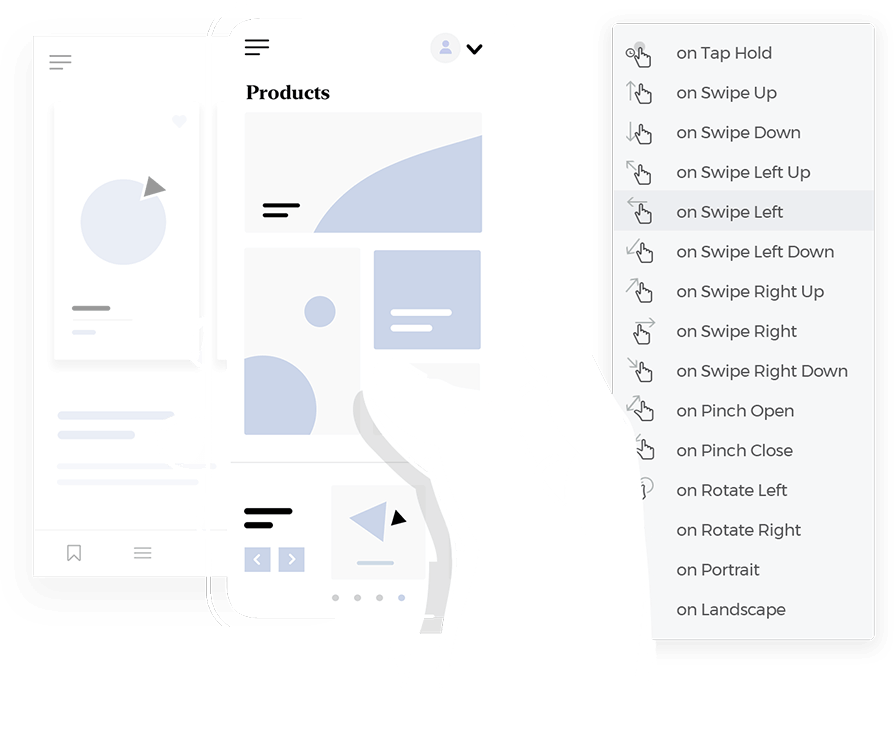
The matrix is, essentially, a map to imperfections. It lists out all the pieces of information about the project that, together, paint the big picture. But what does that document even look like? How can we make one that makes sense? What doctors are there to consider? Let’s take a closer look at the traceability matrix and how you can use it to deliver the perfect user experience.
Requirements traceability is like having a map that shows the path from the beginning of a project to its final destination. It tracks every requirement from start to finish, making sure that each one is tested and fulfilled as the project progresses. Think of it as a way to guarantee that nothing slips through the cracks, every detail, from design to functionality, is accounted for and verified. It’s a structured approach to keeping everyone on the same page and making sure no requirements are overlooked.
But why does this matter so much? Let’s see the key benefits of maintaining traceability in projects and how it impacts the final outcome.

Maintaining traceability makes sure that every requirement is tracked and tested throughout the project. The team can keep a close eye on every step, making sure no requirement gets overlooked, especially during user testing and development. This approach prevents critical elements from slipping through the cracks and guarantees that everything is validated and verified. You’ll know that each requirement has been met by the time the project wraps up, which gives confidence in the final product.
Traceability also strengthens communication across the team. Having a clear matrix means stakeholders, developers, and testers stay on the same page. Everyone understands what’s been tested, what’s pending, and what might need extra attention. This shared clarity helps reduce confusion and makes communication smoother, ensuring the project runs efficiently with fewer misunderstandings.
Traceability helps the team identify potential risks and gaps early in the project. This proactive approach allows problems to be addressed before they turn into major issues. It also helps manage scope creep and unexpected changes. When everything is tracked and organized, the team can handle changes without losing focus on the original project goals, keeping things moving smoothly toward completion.
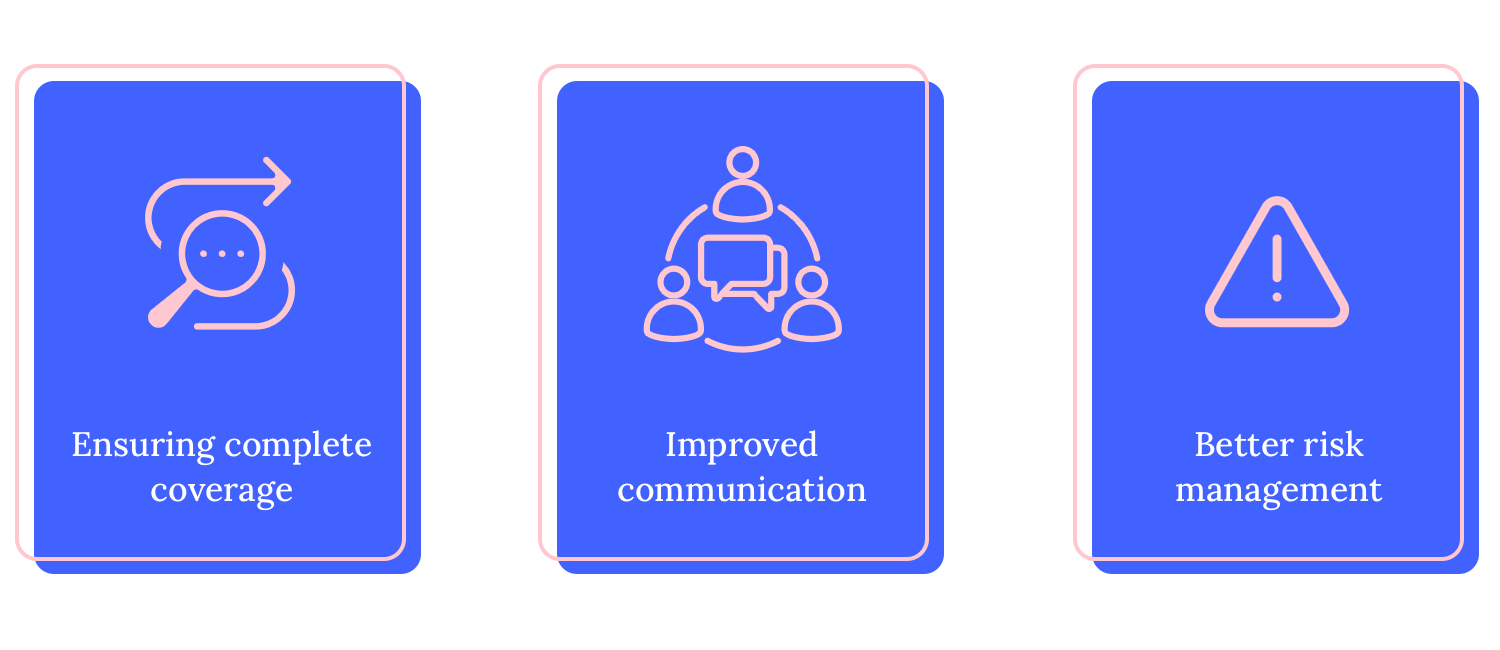
The requirements traceability matrix (RTM) does more than just keep things organized, it plays a crucial role in ensuring all project requirements are met. It tracks progress and lays everything out clearly, making it easier for the team to see what’s been completed and what still needs attention.
This clear view helps the team stay on track, ensuring that every requirement gets properly tested and validated. The RTM also highlights potential gaps before they turn into bigger issues, allowing for necessary adjustments along the way. In the end, the matrix provides confidence that the project will meet all expectations once it’s completed.
Validate your software requirements with Justinmind

So, what does the structure of a requirements traceability matrix actually look like? While it may sound like a complex document, it’s essentially a well-organized table that helps the team keep everything in check. Each project’s matrix will have its own unique touch, but the core components remain pretty consistent. Let’s break down the key pieces that make up an effective RTM and explore the different types.
Every good RTM starts with a unique requirement ID, this acts like a tag, helping the team quickly identify each requirement. Think of it as a way to make sure no requirement gets lost in the shuffle.
Next, you’ll find the requirement description, which provides a clear explanation of what the requirement is all about. This makes sure that everyone involved, from developers to stakeholders, understands exactly what needs to be delivered.

The source of the requirement is also crucial. This might be a stakeholder, a business need, or even a technical requirement, depending on the project. Knowing where a requirement comes from helps the team stay aligned with the project’s overall goals.
To keep things moving smoothly, the requirements traceability matrix links test cases to each requirement. This connection is vital because it shows that the requirement has been tested and validated, giving the team confidence that the product is on the right track.
The matrix includes fields for risk, priority, and ownership. These components give a quick snapshot of how important a requirement is, any risks involved, and who’s responsible for getting it done. It’s like having a built-in guide that helps manage both the work and any potential challenges.
Now that we’ve covered the core components, let’s talk about the types of requirements for traceability matrices. While each project is different, the way you trace requirements generally falls into one of three categories:
Forward traceability focuses on making sure all requirements lead to their corresponding deliverables. In other words, it checks that everything requested has been accounted for in the final product.
On the flip side, backward traceability guarantees that every deliverable ties back to a specific requirement. This type of matrix makes sure the team didn’t accidentally add extra features or go off track.
And then there’s bi-directional traceability, which is a combination of both. It’s the most thorough approach, tracking requirements forward to the deliverables and backward to their original source. It’s like having a two-way street that keeps the project on track from every angle.
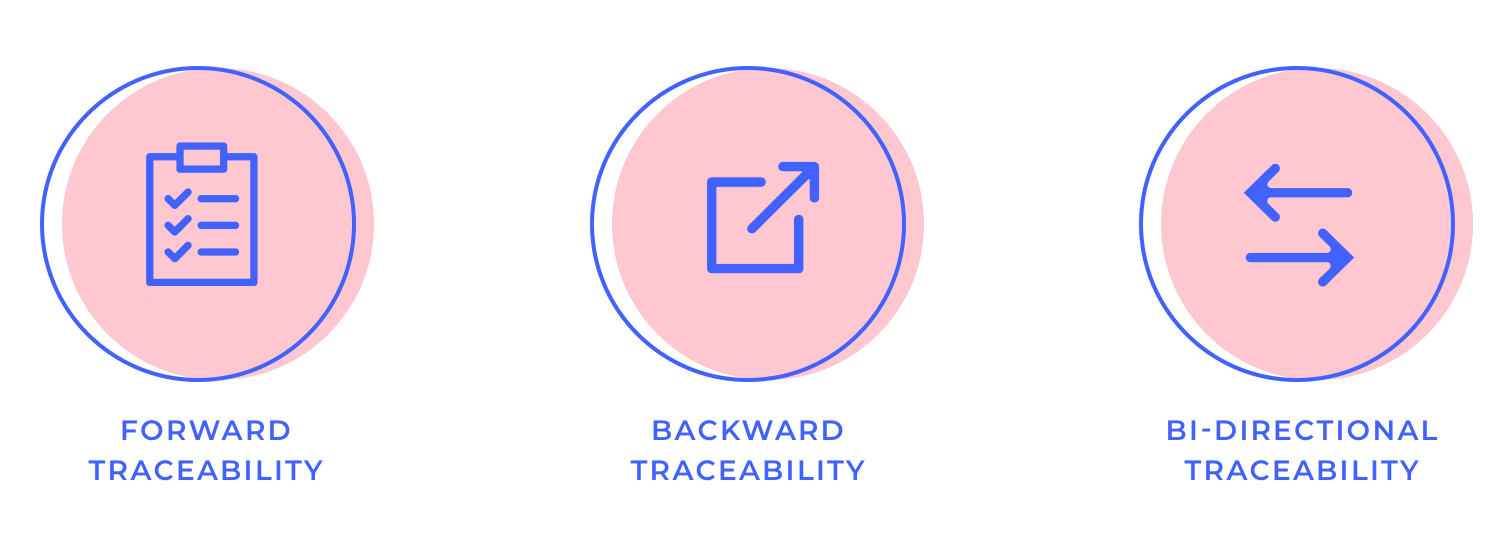
The foundation of any requirements traceability matrix (RTM) begins with gathering the right requirements. It’s not just about collecting a list of what needs to be done, but ensuring that these requirements are accurate and aligned with the project’s goals. One of the biggest challenges here is getting the details right from the start.
Different methods can help capture accurate requirements, whether it’s through direct interviews with stakeholders, surveys, or even collaborative workshops with the team. Each method brings its own strengths, and choosing the right approach depends on the project’s complexity. Tools like use case diagrams can also help clarify requirements, making sure nothing important is missed and that everyone involved has a clear understanding of what needs to be delivered.
But gathering requirements goes beyond just documentation, it’s about aligning them with the business objectives. A great requirements traceability doesn’t just track tasks; it links each requirement to a broader goal, ensuring that the final product actually solves the right problem. This alignment between the requirements and the project’s big-picture goals, along with clear functional specifications, keeps everything on track, making sure the team is always working toward a shared outcome.
Once the requirements are gathered and aligned with the project’s objectives, the next step is defining traceability links. This part is all about connecting the dots, linking each requirement to the corresponding test cases, design elements, and development tasks. Imagine it as creating a network where every piece of the project is tied together, ensuring that nothing gets left behind.

Mapping these requirements to test cases, design, and development is crucial. It helps the team see, at a glance, how a particular requirement impacts different stages of the project. For example, a single requirement might need several test cases or touch multiple aspects of the design. Tools like wireframes guarantee that the visual structure aligns with the requirements, making validation and implementation smoother.
Ensuring traceability across all phases of the project is what brings everything together. From initial planning through to development and testing, these links serve as the thread that runs through each phase, keeping everything connected.
As the project takes shape, it’s important to document the dependencies and relationships between requirements. Think of this as understanding how each requirement influences others. Some requirements might depend on certain features being completed first, while others could be closely tied to external factors like business rules or regulatory compliance. Documenting these connections helps the team prevent bottlenecks and makes sure the project flows smoothly.
Linking requirements to related components, such as business rules or regulatory needs, helps the team keep everything in line with the project’s broader context. For example, if a requirement has legal or compliance implications, tracking that link makes sure nothing gets missed when it’s time to validate the product. It’s like making sure every piece of the puzzle fits perfectly into place, avoiding any last-minute surprises.
Visualizing the flow of requirements is the final step in this process. It allows the team to see how each requirement moves through different stages, from initial design to final testing. This visual map helps keep everyone aligned and guarantees that nothing falls through the cracks. By clearly laying out the relationships and flow, it’s easier to track progress and make sure the project is on target.
Version control tracks changes as the project evolves. Requirements shift often, and the updates to the requirements traceability reflect those changes. The team stays on top of these updates, ensuring nothing is lost or overlooked when new requirements are added or adjusted.
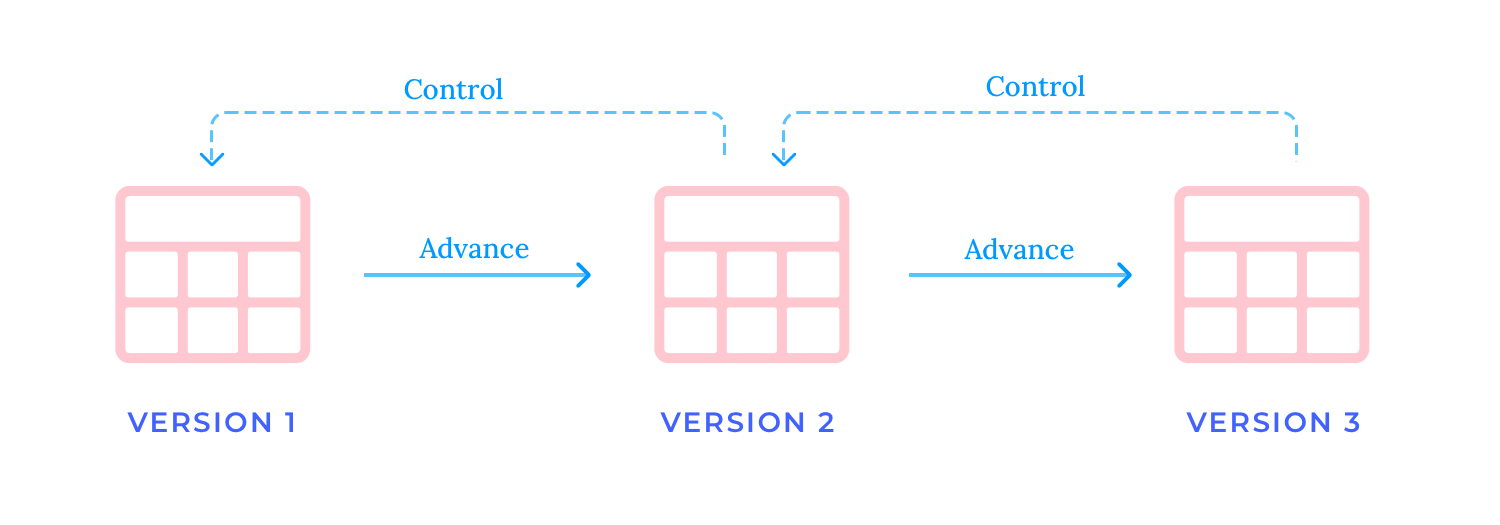
Keeping the RTM up to date throughout the project is key. It’s not a one-time task; it’s something that needs regular attention to make sure everything remains accurate. As the project moves forward, version control helps the team stay organized, ensuring the RTM always reflects the latest state of the project. This way, everyone has a clear picture of what’s been completed and what still needs attention.
In agile projects, where things move quickly and requirements often change, maintaining the requirements traceability matrix becomes even more important. The matrix needs to be updated continuously during each iteration. Agile thrives on flexibility, and that means requirements can shift as the team learns more or priorities change. Keeping the RTM current makes sure that these adjustments are captured, so the team doesn’t lose track of what’s been updated.
Handling changing requirements in Agile methodologies can feel like a juggling act, but the RTM makes it manageable. It serves as a living document, evolving alongside the project. This way, the team can adapt to changes without missing any critical steps, making sure that every requirement still ties back to the project’s goals and is tested thoroughly.
Validate your software requirements with Justinmind

Like we mentioned before, it’s not particularly uncommon to see requirements traceability matrix templates online. In this section, we’ll go over some popular templates out there. Each of these can be downloaded as an Excel file with the main structure of the matrix already assembled.
The Strong QA platform offers a wide array of testing document templates, making it a good resource for design teams everywhere. Their requirement traceability matrix template has a five-star rating by the 222 users who downloaded it!

As always, the best way to approach this is using the template to avoid the initial setup of the spreadsheet. Once you have taken a good look at what kind of information is included, try to decide if you need more information that is specific to your project.
Given the close relationship between managing requirements, testing cases and the traceability matrix, it’s no surprise that a testing platform took the time to create a matrix template. The file can be easily downloaded and adjusted to suit your needs.
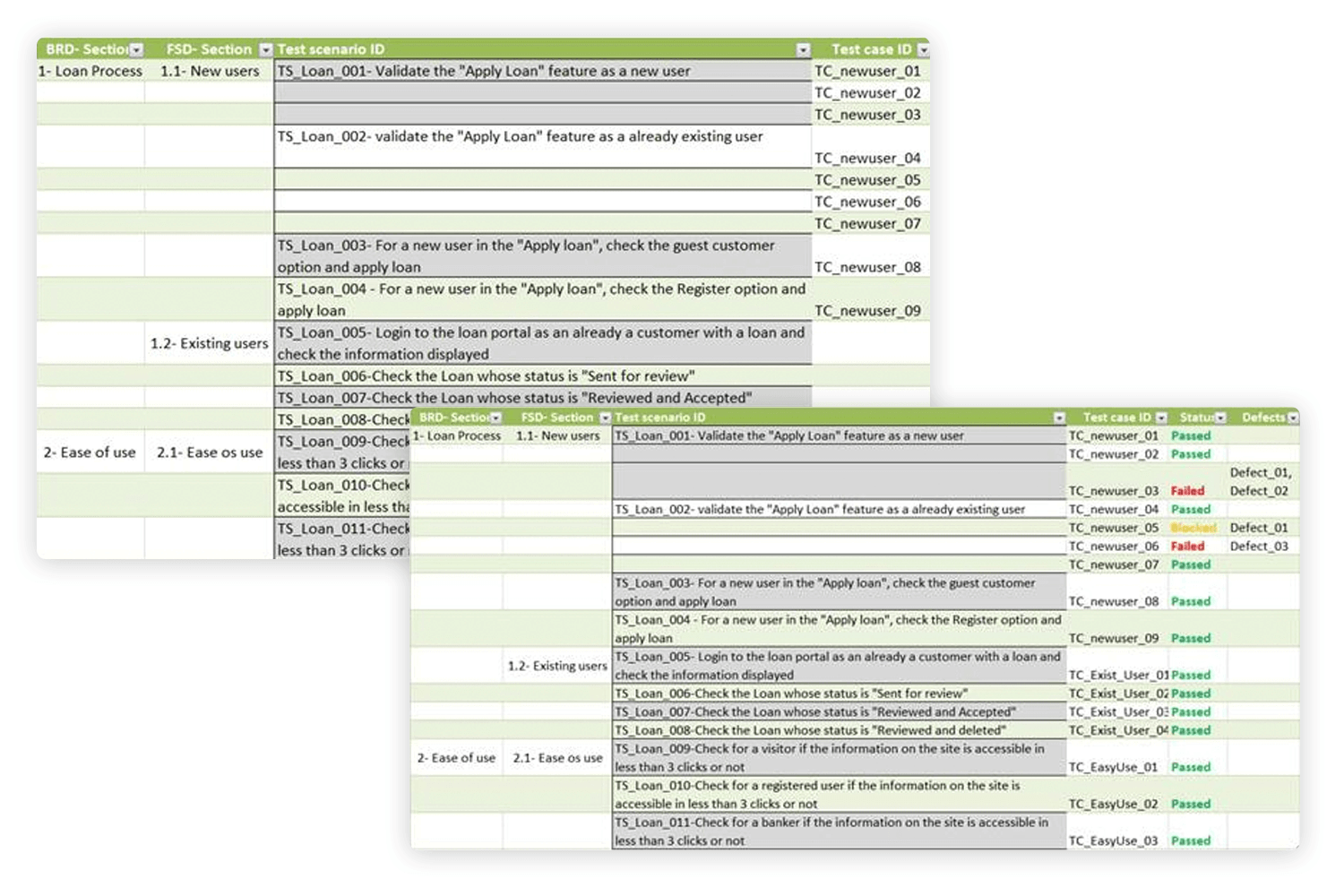
Stakeholder Map created a requirements traceability matrix template that brings something new to the table. This matrix doesn’t just focus on the vitality of testing coverage. Indeed, this matrix is more focused on the business side of things, offering an entire column to business objectives and another for its deliverables.

It’s true that many times, the traceability matrix is simply done in a spreadsheet, such as Excel.
That simplicity means that it will be easy to deal with a simple tool, without getting deep into more advanced features that make most Excel users get a cold sweat down their back. It does mean, however, that you and your team are likely to spend long hours creating and maintaining the spreadsheet. A traceability matrix involves a lot of details and calls for some skill in organizing the information logically.
For those who aren’t ready for all that time in close proximity to Excel, there are other options. Not all of these tools will have a classic matrix as a feature, but they have their own brand of traceability that makes up for it.
Helix ALM is brought to us by Perforce, and it prides itself on offering users a potent tool to create requirements traceability matrices. Users praise the tool’s ability to link requirements with the testing involved in any given project. In fact, the tool itself is used by some teams as the requirements management tool of choice.

We love that Helix ALM checks all the right boxes, with features ranging from the matrix to risk management. It becomes evident that the true value in the tool, however, lies in its testing case module – an aspect of the matrix that can be challenging to manage in other tools.
Jama is a well-loved requirements management in the industry. The tool itself is complete with all the features a design team could want from a requirements management tool. Users rage about how easily they can generate reports of different aspects of the project – including the traceability matrix!

With good customer support, thought-out features and a user-friendly UI, Jama has earned its place in the hearts of designers all around the world.
As a requirements management tool that is more oriented towards development and engineering teams, codeBeamer understands the importance of tracking errors. The tool itself goes far beyond managing requirements but also places great importance in tracking and managing defects.
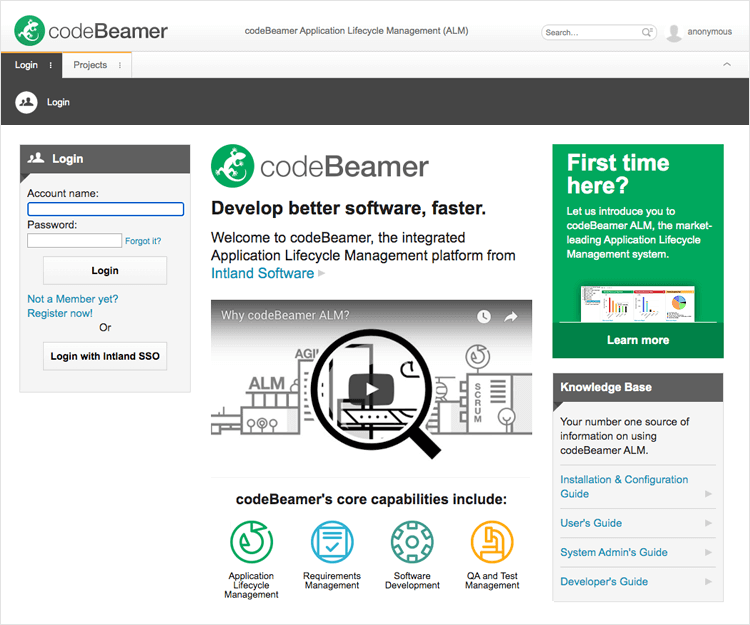
It makes for a feature-packed tool that can definitely help any design team keep track of testing and establishes a clear relationship between testing and the requirements themselves. The tool itself works as a wonderful matrix.
Visure is a big name in the requirements management industry. The tool itself is very popular for its wide array of features that cover Test Management, Defect and Issue Tracking, Change Management and Risk Management. It prides itself in helping users optimize their management of requirements while adapting itself to any workflow possible.
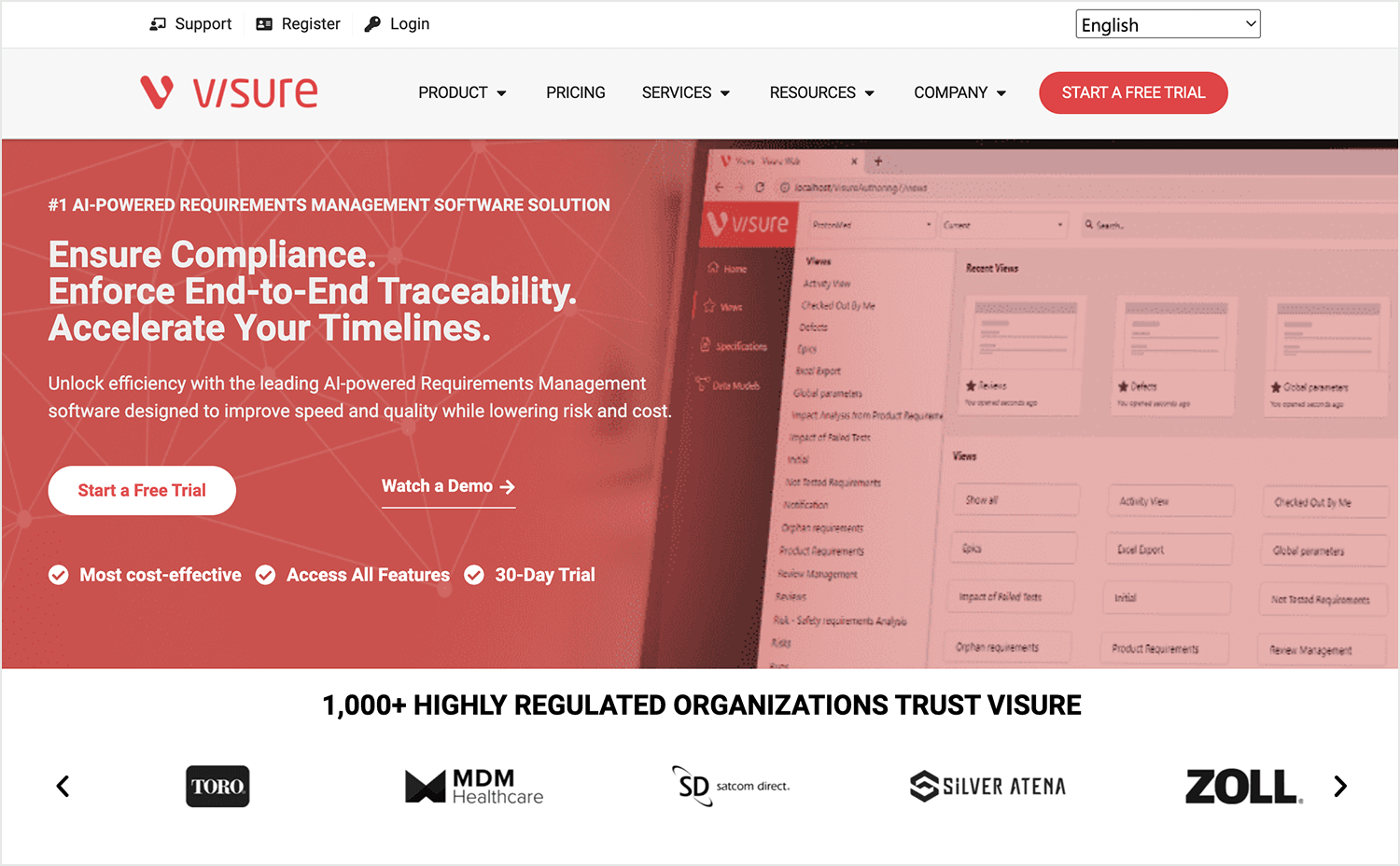
We love that they take defect and issue tracking seriously, making it easy to get that crucial snapshot we mentioned earlier. The tool has different reports that all summarize progress, acting in a very similar way to a classic traceability matrix.
Validate your software requirements with Justinmind

Having a traceability matrix isn’t the first thing most of us think of, when it comes to requirements management. This little document can often be misunderstood or overlooked, but it plays a very important part in the project development.
Having a traceability matrix can be the difference between a clean product with a smooth experience and a sloppy product that never quite wins users over. The truth is that in UX design, testing coverage is crucial if you hope to deliver a top-quality design – making the matrix a must-have tool in your arsenal. Without it, the details can fall between cracks in the workflow, slowly eating away at the potential of the final product.
